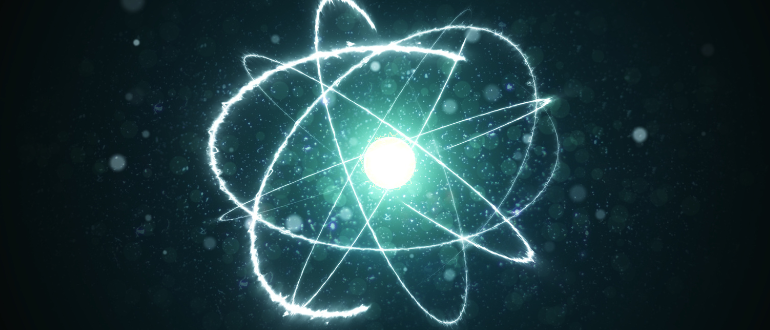
Equinix is partnering with an array of energy suppliers—many of them nuclear—in a long-term strategy to keep pace with the growing data center power shortage. The colocation giant unveiled a slate of agreements spanning small modular reactors, transportable microreactors, and an expansion of on-site fuel cells. The energy mix underscores a pragmatic strategy: lock in a wide array of low-carbon electricity as artificial intelligence drives unprecedented demand.
At the center of the plan is a 500-megawatt procurement agreement with nuclear developer Oklo, whose fast-fission Aurora units are designed to run on recycled nuclear material. Equinix also pre-ordered 20 Kaleidos microreactors from Radiant. These portable, factory-built units are engineered for rapid installation and integration with a site’s existing electrical infrastructure.
In Europe, the company signed a letter of intent with Amsterdam-based ULC-Energy for up to 250 MWe tied to Rolls-Royce’s 470-MWe SMR program. And it agreed to a pre-order for 500 MWe with France-based Stellaria, which is developing a molten-salt “breed-and-burn” reactor that recycles fuel in-core.
Driving all these deals is an energy system straining to keep up. The International Energy Agency forecasts global electricity consumption to rise about 4% annually through 2027—an acceleration driven by the rapid buildout of AI-ready compute. That growth is colliding with grid bottlenecks in several locations where data centers cluster. Equinix, for its part, says it’s co-funding transmission upgrades and new substations with utilities, and adding on-premises generation—fuel cells today, and nuclear later—to improve resiliency.
Yet challenges remain. Most of the nuclear technologies Equinix is backing remain in development. Small modular reactors (SMR) have yet to reach commercial operation in the U.S., and European deployments face thorny regulations. Many experts believe that significant nuclear capacity for data centers is a post-2030 strategy rather than an immediate fix.
However, there’s real momentum around nuclear power’s role in digital infrastructure. U.S. energy officials recently selected a first wave of advanced test-reactor projects, and hyperscalers are investing in carbon-free power. In June, Meta disclosed a deal for more than 1-gigawatt of nuclear power with Constellation starting mid-2027, and power-equipment vendors are teaming with reactor startups on integrated cooling-and-generation concepts. If most of these deals turn into real-world data centers, the procurement model for data-center power could shift meaningfully.
To complement its nuclear strategy, Equinix is building an interim bridge with fuel cells, which generate electricity through an electrochemical process without combustion. The company will expand its deployment of Bloom Energy solid-oxide units to more than 100 MW across 19 U.S. data centers in six states. Solid-oxide fuel cells offer high conversion efficiency and continuous output that can offer backup during grid disturbances.
By Equinix’s tally, the program will enable it to avoid approximately 285,000 metric tons of CO2-equivalent emissions and reduce water use compared with legacy electricity generation technologies.
If nuclear power develops as forecast, data centers could get stable, carbon-free power closer to the IT stack. If regulation or other forces slow nuclear development, then Equinix’s mixed approach, with fuel cells and an array of grid partnerships, could help serve the growing need. In any case, the tech sector’s power strategy is transforming from consumer to creator, with the Equinix agreements a key signifier of this trend.

